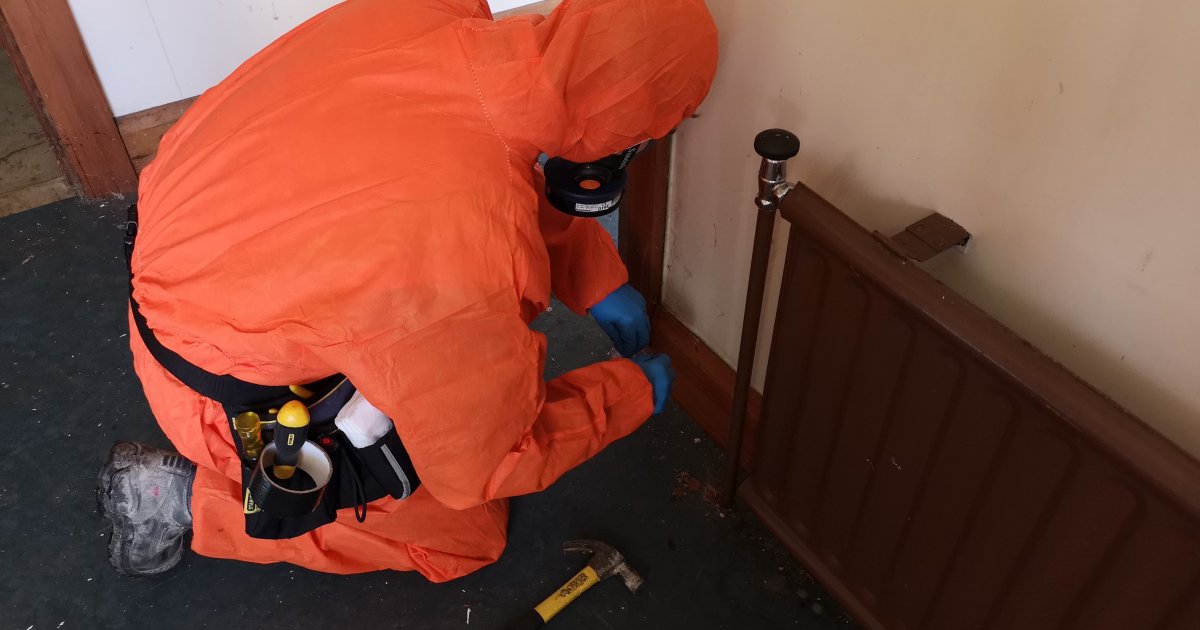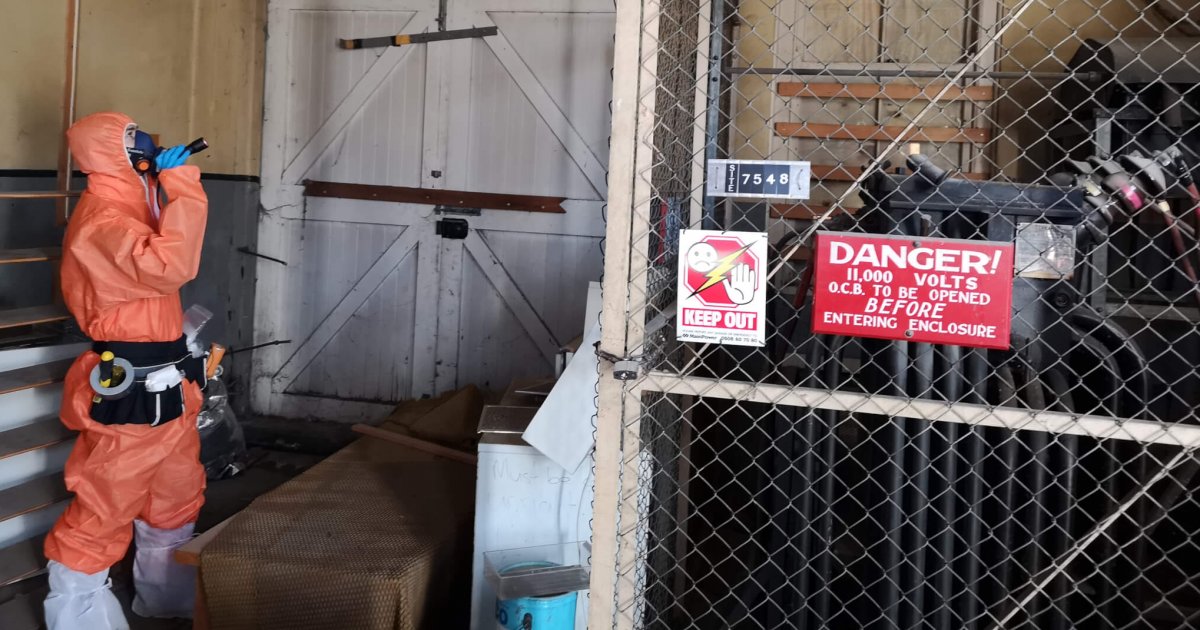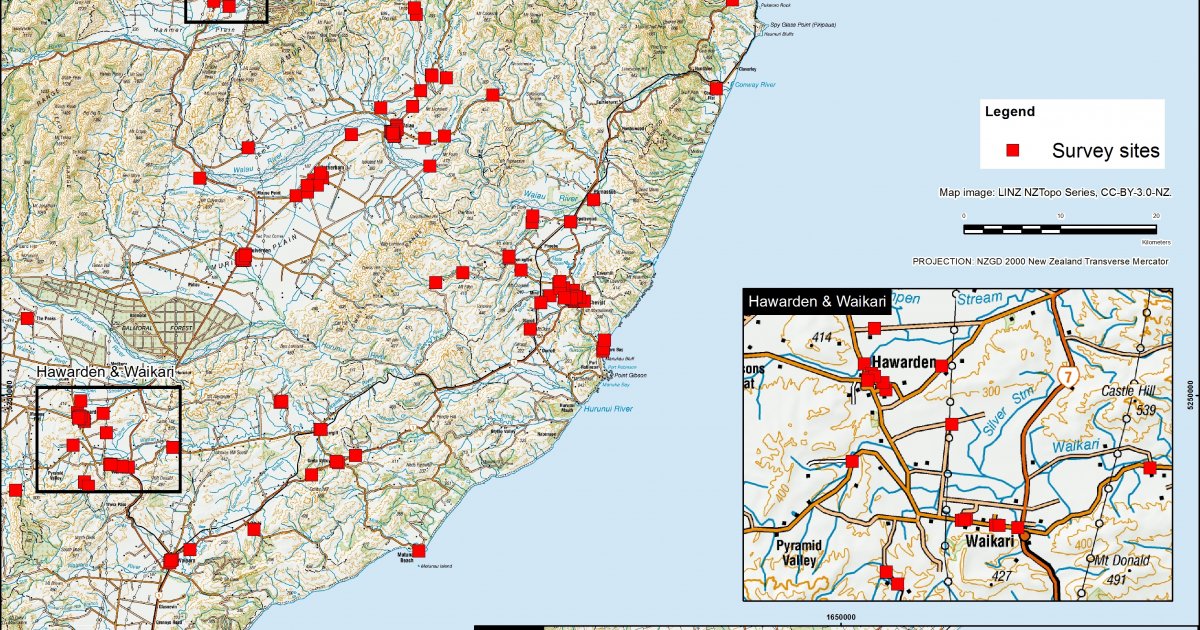Following the earthquake sequence of November 2016 a number of buildings in North Canterbury were damaged and required extensive repairs or demolition and rebuild. Environment Canterbury through the Ministry for the Environment Waste Minimisation fund and working with their partners at Kaikōura District Council, and Hurunui District Council sought to identify asbestos in structures so that it could be managed and disposed of appropriately.

Environment Canterbury wanted to reduce the potential health risks associated with exposure to asbestos and potentially the subsequent contamination of buildings and land with asbestos due to the unwitting disturbance or disposal of asbestos containing materials in the region.
The contract started in September 2017 and was completed in one year. In total ENGEO completed 267 asbestos surveys of earthquake damaged properties including commercial, residential and public use building. Several category I and II New Zealand Heritage List/Rārangi Kōrero buildings were also surveyed.

As with any asbestos survey, agreeing upon the survey goals and ensuring sufficient data is captured within an occupied residential or commercial property can be a challenge. To overcome this, during the initial liaison with the property owners, the scope of the survey was confirmed and areas/items not to be surveyed discussed and agreed upon. Communicating the objective and results of the surveys with building owners was also key to ensuring the success of the project.

We completed the surveys utilising our asbestos survey software which allows the efficient and accurate capture of site data and cost effective production of the survey report. Based on our post-earthquake demolition experience in Christchurch, we were also able to provide two survey teams and additional support staff and therefore able to complete the large number of surveys within the contract timeframe. We also utilised drones during the surveys to ensure as much data as possible could be collected during the survey as possible and inaccessible items at height could be visually assessed.